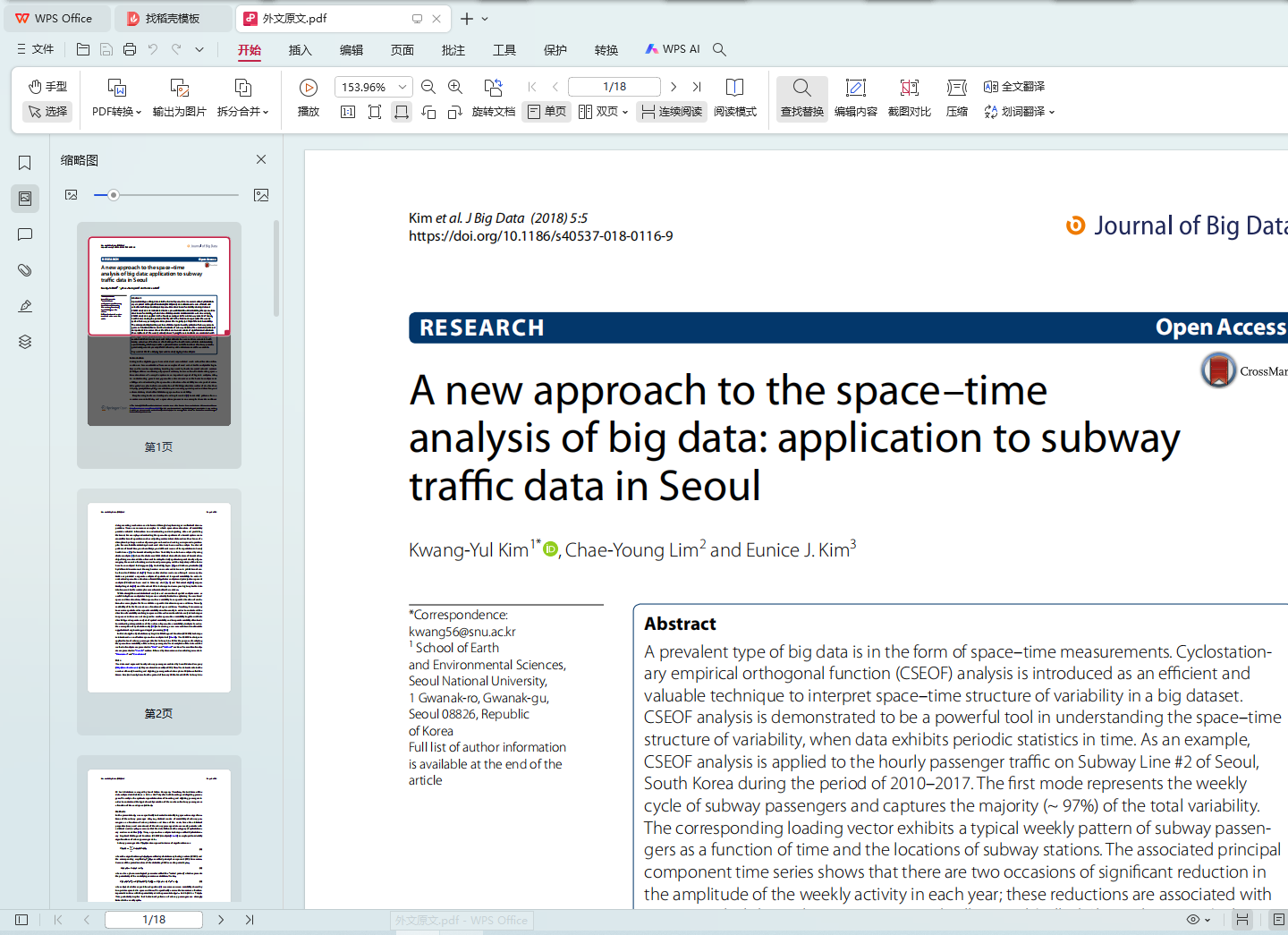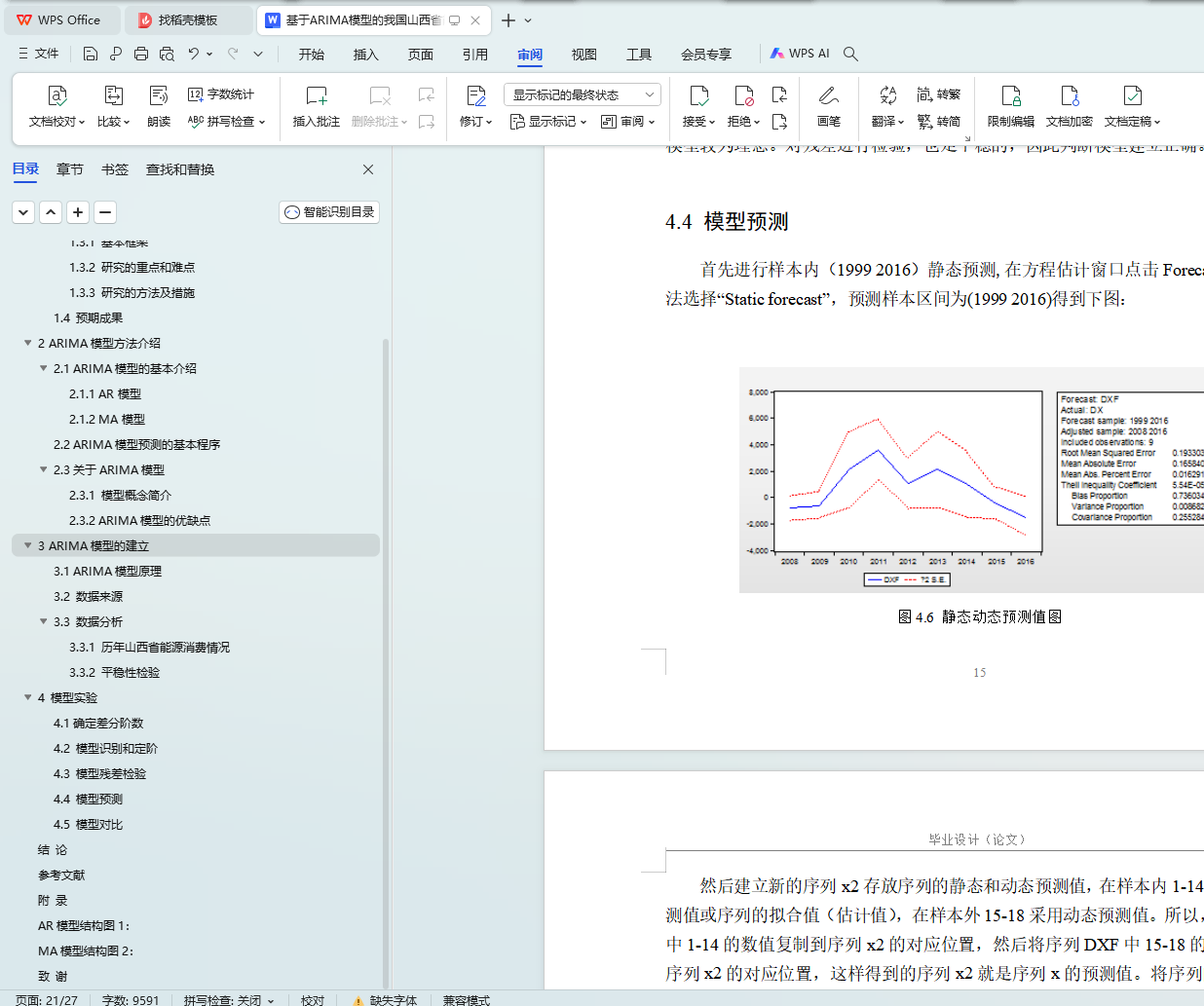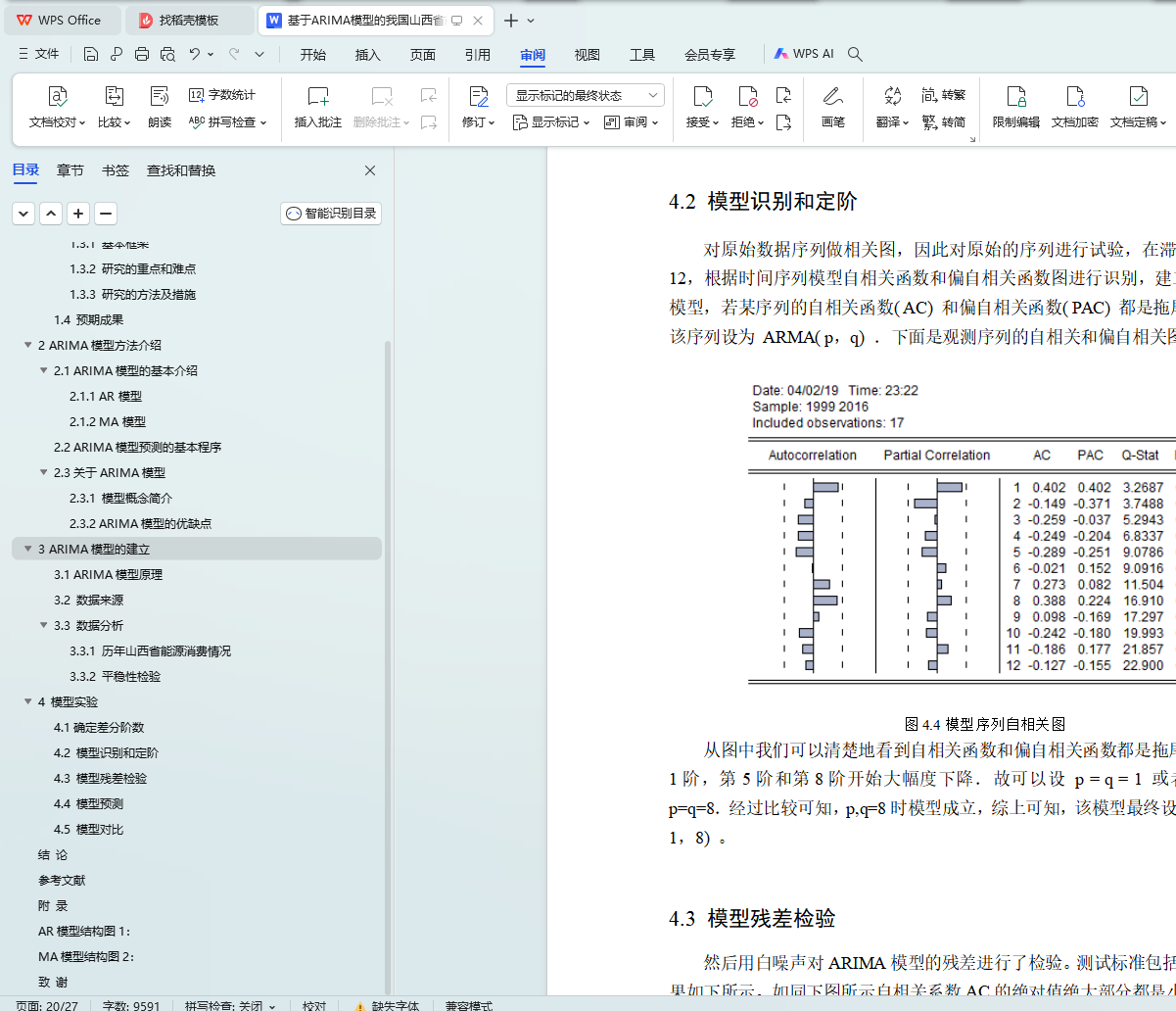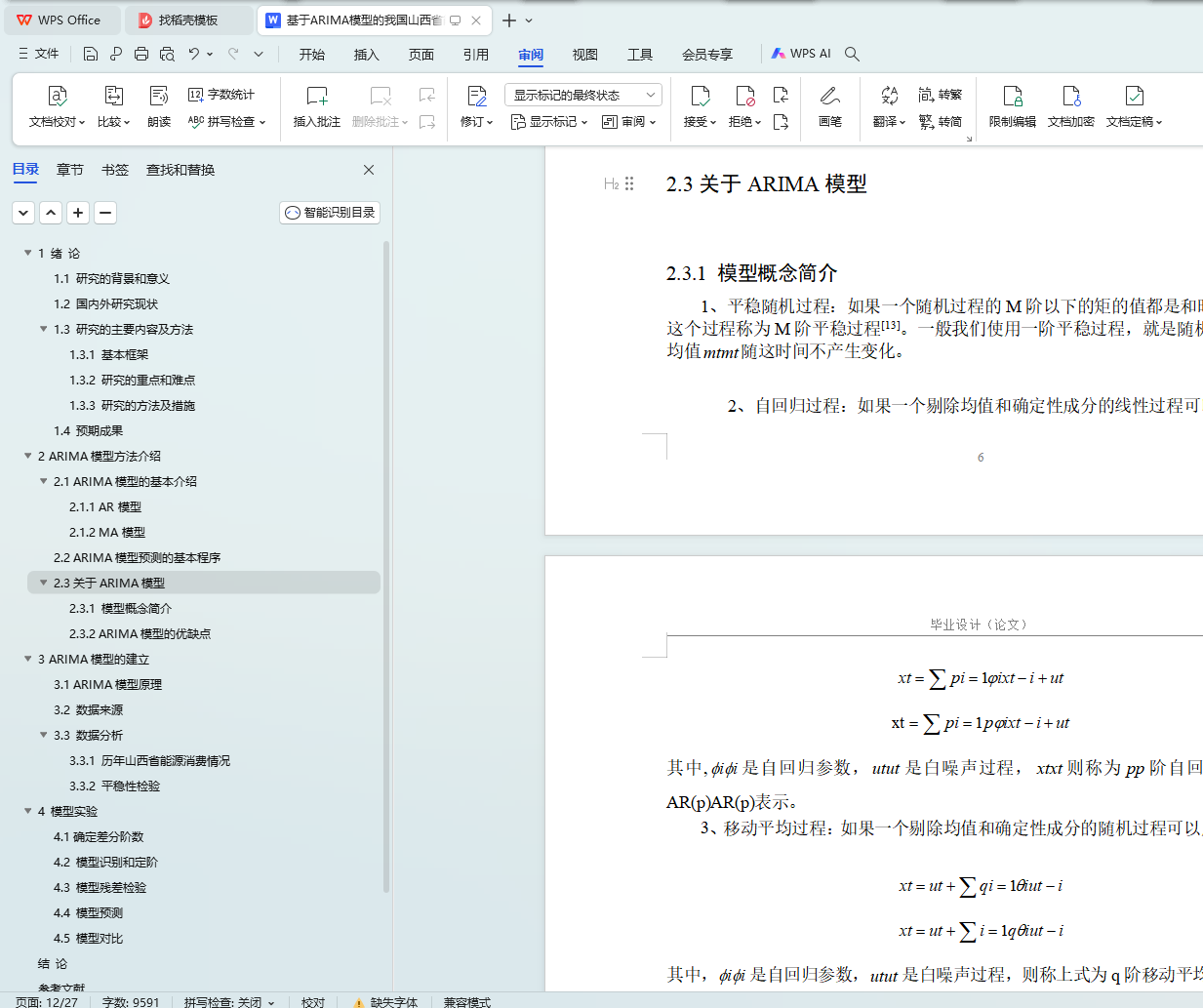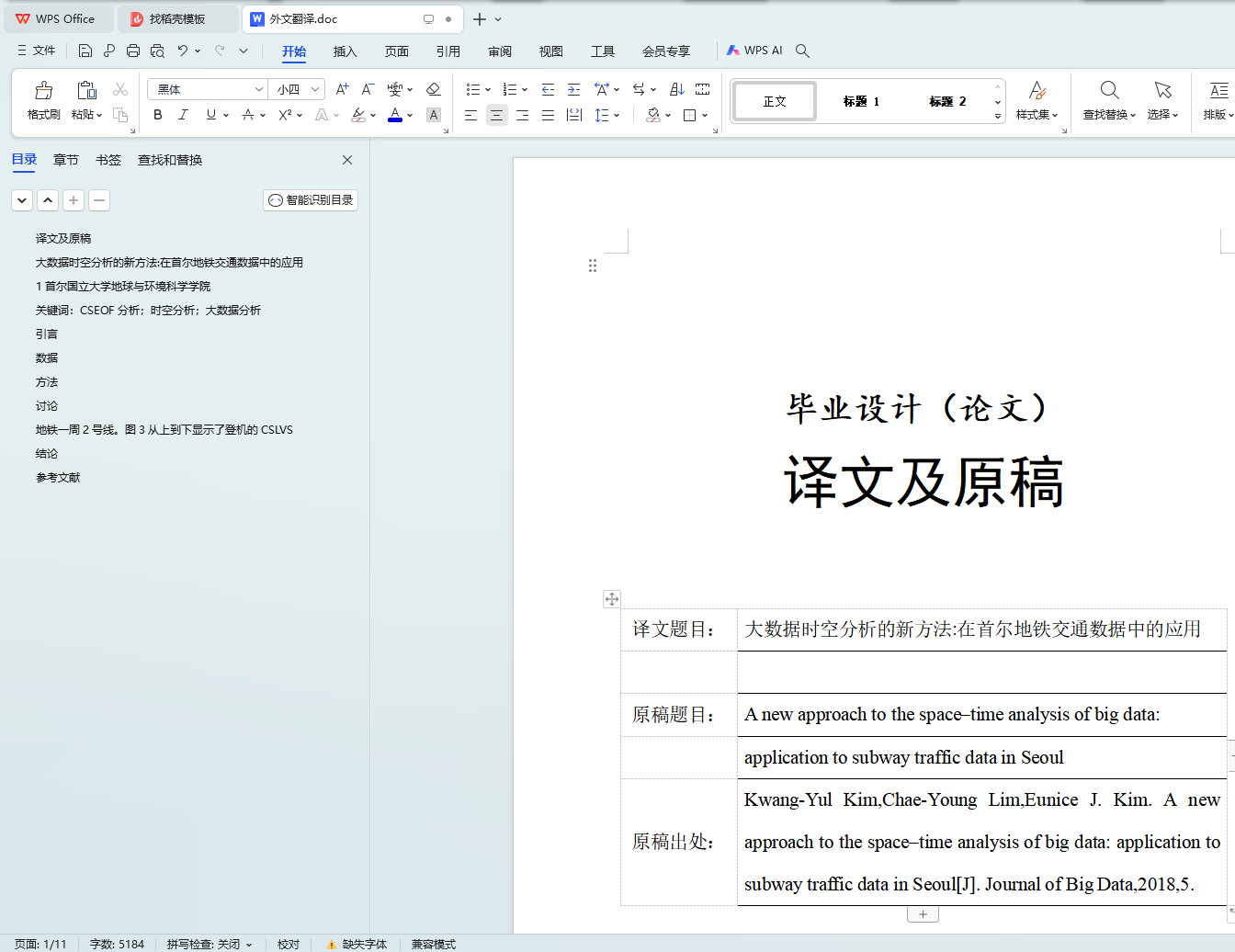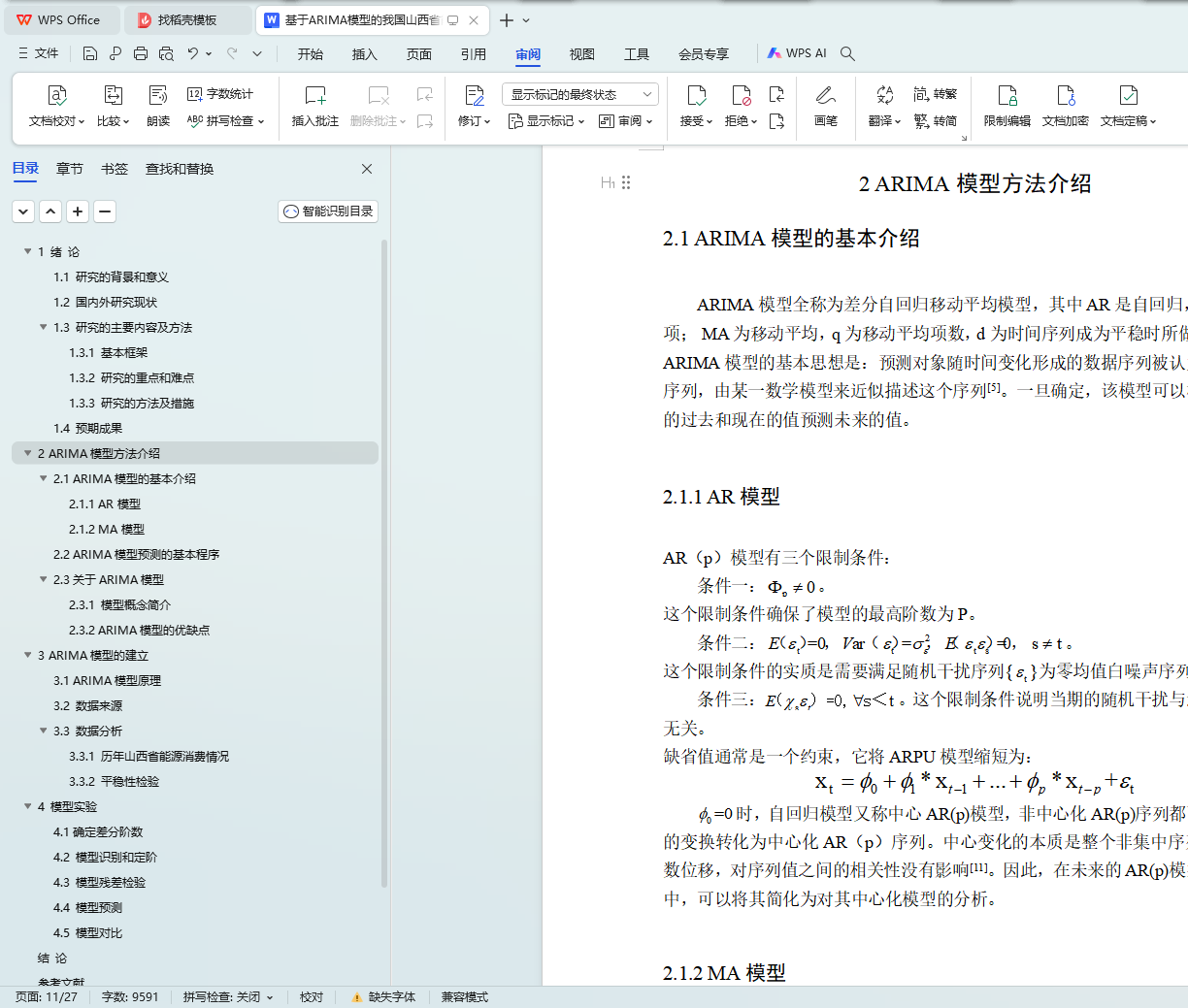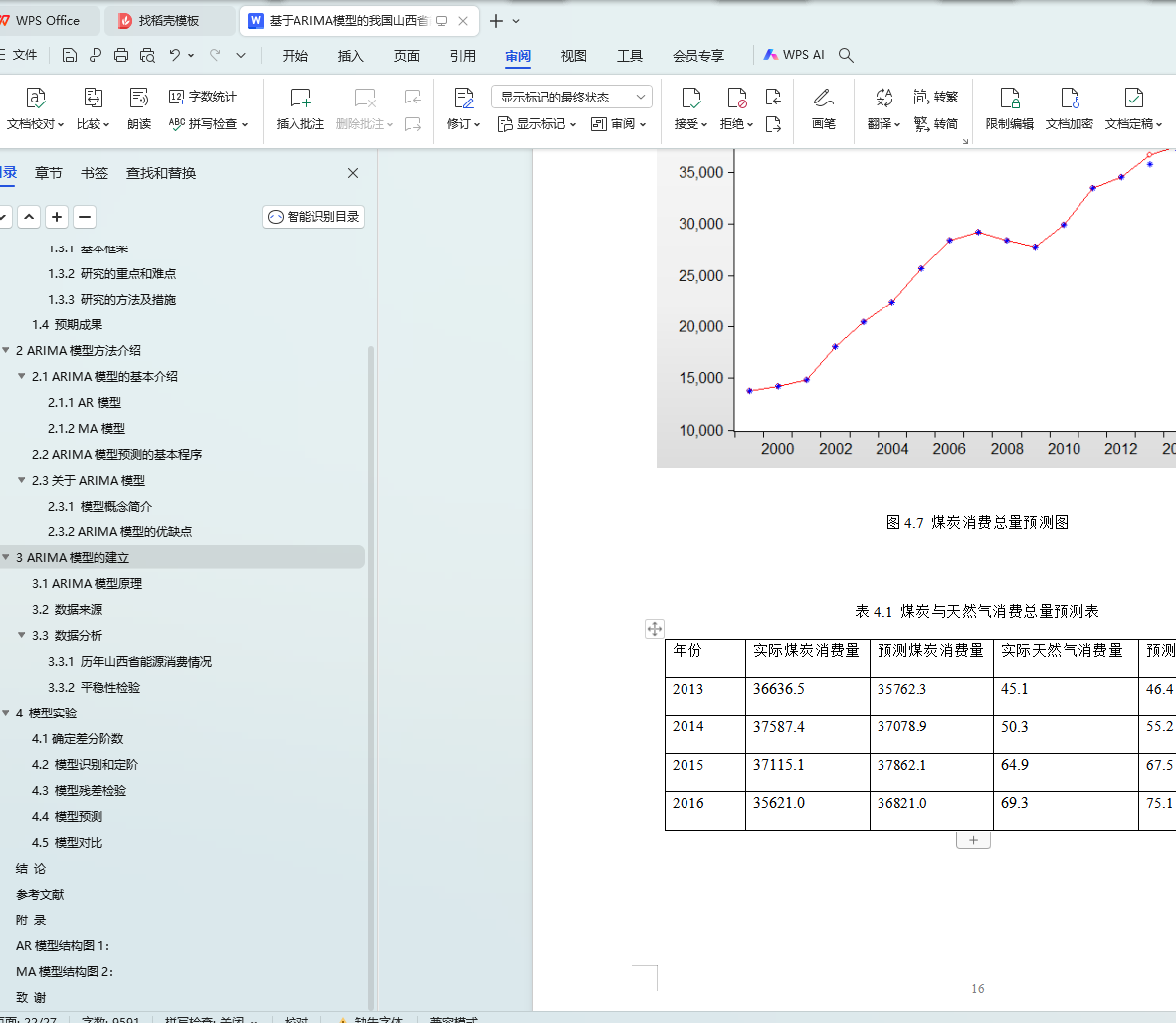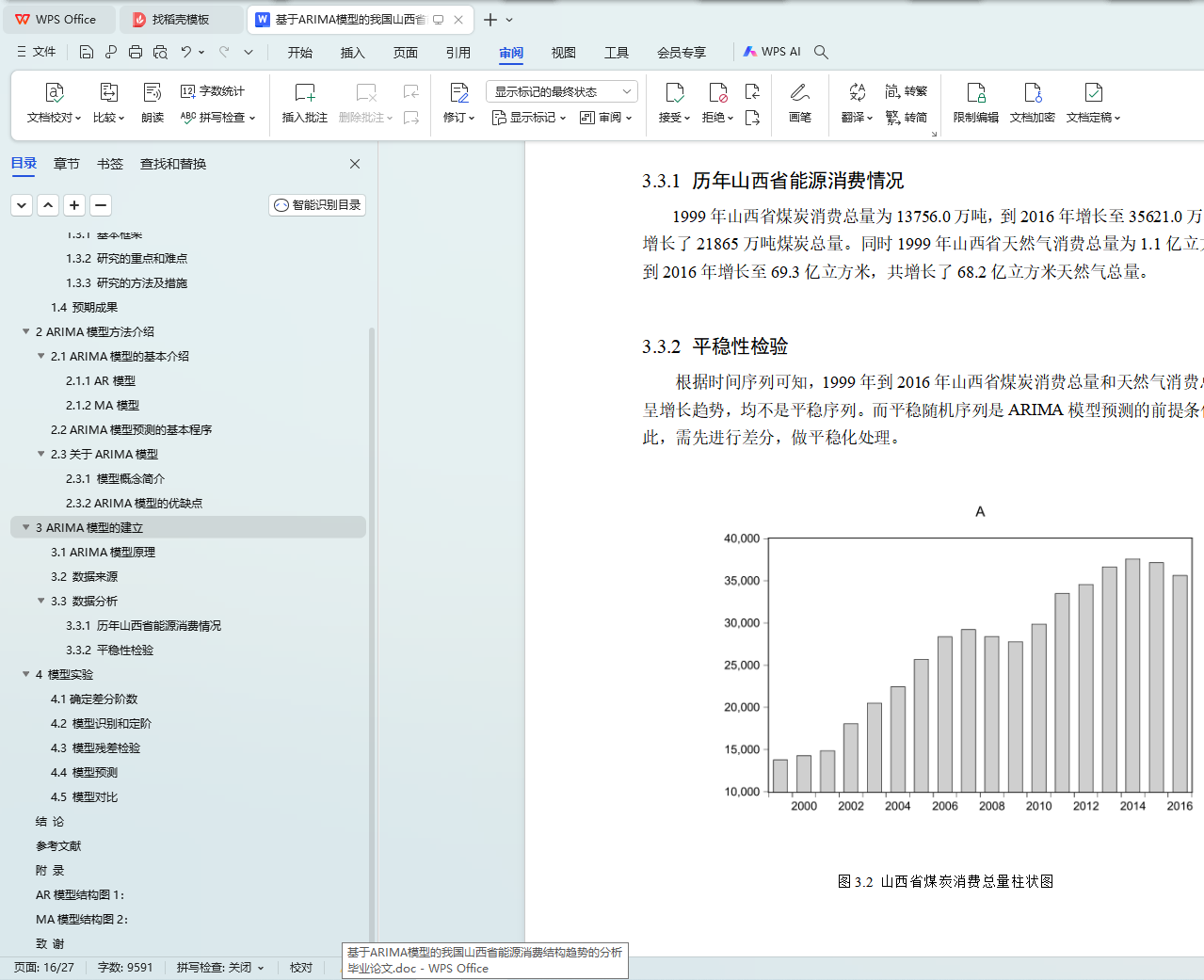基于ARIMA模型的我国山西省能源消费结构的趋势的分析
【摘要】 能量结构是各种能量在总一次能源中的组成和比例。中国的能源消费结构可以概括为“富煤、缺油、少气”。与世界能源消费结构相比,我国一次能源消费呈现出相当大的结构特征:煤炭消费比重与世界石油天然气消费比重基本相同,占比为60%-70%;石油天然气消费比重与世界煤炭消费比重基本相同,仅占20%-30%。煤炭是一种高排放污染的能源,在煤炭生产过程中也消耗了大量的能源。因此,以煤炭为主的能源消费结构决定了我国经济发展是以高污染、高能耗为基础的,这将极大地影响我国经济发展的质量,与当今世界提出的低碳目标极不一致。因此,对我国能源消费总量和能源消费结构进行预测是十分必要的。在预测的基础上,建立一个大国的负责任形象,优化能源结构,预测其碳排放水平,制定节能减排措施,对我国具有重要意义。而山西省是我国的产煤大省亦是用煤大省,山西煤炭资源储量大,分布广,品种齐全,质量优良。全省含煤面积6.2万平方公里,占国土面积的40.4%。到2015年,山西省使用非化石能源替代标准煤527万吨。结合以上背景,本文将运用ARIMA模型对我国山西省的能源消费总量和消费结构进行分析和预测。
【关键词】 能源消费,能源结构,煤炭,趋势,山西省
Trend Analysis of Energy Consumption Structure in Shanxi Province Based on ARIMA Model
【Abstract】 Energy structure is the composition and proportion of all kinds of energy in the total primary energy. China's energy consumption structure can be summarized as "rich in coal, lack of oil and less gas". Compared with the world energy consumption structure, China's primary energy consumption presents considerable structural characteristics: the proportion of coal consumption is basically the same as that of world oil and natural gas consumption, accounting for 60-70%; the proportion of oil and natural gas consumption is basically the same as that of world coal consumption, accounting for only 20-30%. Coal is a kind of energy with high emission and pollution. It also consumes a lot of energy in the coal production process. Therefore, the energy consumption structure dominated by coal determines that China's economic development is based on high pollution and high energy consumption, which will greatly affect the quality of China's economic development, and is very inconsistent with the low-carbon target put forward by the world today. Therefore, it is necessary to forecast the total energy consumption and energy consumption structure in China. On the basis of forecasting, it is of great significance for China to establish a responsible image of a big country, optimize the energy structure, forecast its carbon emission level and formulate energy saving and emission reduction measures. Shanxi is also a major coal-producing province in China. Shanxi has large reserves of coal resources, wide distribution, complete varieties and excellent quality. The coal-bearing area of the province is 62,000 square kilometers, accounting for 40.4% of the total land area. By 2015, Shanxi Province will use non-fossil energy to replace 5.27 million tons of standard coal. Based on the above background, this paper will use ARIMA model to analyze and forecast the total energy consumption and consumption structure of Shanxi Province.
【Key Words】 Energy consumption,energy-resource structure,coal,trend,Shanxi Province
目 录
1 绪 论
1.1 研究的背景和意义
1.2 国内外研究现状
1.3 研究的主要内容及方法
1.3.1 基本框架
1.3.2 研究的重点和难点
1.3.3 研究的方法及措施
1.4 预期成果
2 ARIMA模型方法介绍
2.1 ARIMA模型的基本介绍
2.1.1 AR模型
2.1.2 MA模型
2.2 ARIMA模型预测的基本程序
2.3关于ARIMA模型
2.3.1 模型概念简介
2.3.2 ARIMA模型的优缺点
3 ARIMA模型的建立
3.1 ARIMA模型原理
3.2 数据来源
3.3 数据分析
3.3.1 历年山西省能源消费情况
3.3.2 平稳性检验
4 模型实验
4.1确定差分阶数
4.2 模型识别和定阶
4.3 模型残差检验
4.4 模型预测
4.5 模型对比
结 论
参考文献
附 录
AR模型结构图1:

 。
。
MA模型结构图2:
致 谢
图目录
图3.1 ARIMA模型建立流程图
图3.2 山西省煤炭消费总量柱状图
图3.3 山西省天然气消费总量柱状图
图4.1 煤炭消费总量一阶差分时序图
图4.2 一阶差分单位根检验图
图4.3 二阶差分单位根检验图
图4.4模型序列自相关图
图4.5 模型残差检验图
图4.7 煤炭消费总量预测图
图4.8 Holt线性趋势拟合图
表目录
表4.1 煤炭与天然气消费总量预测表
